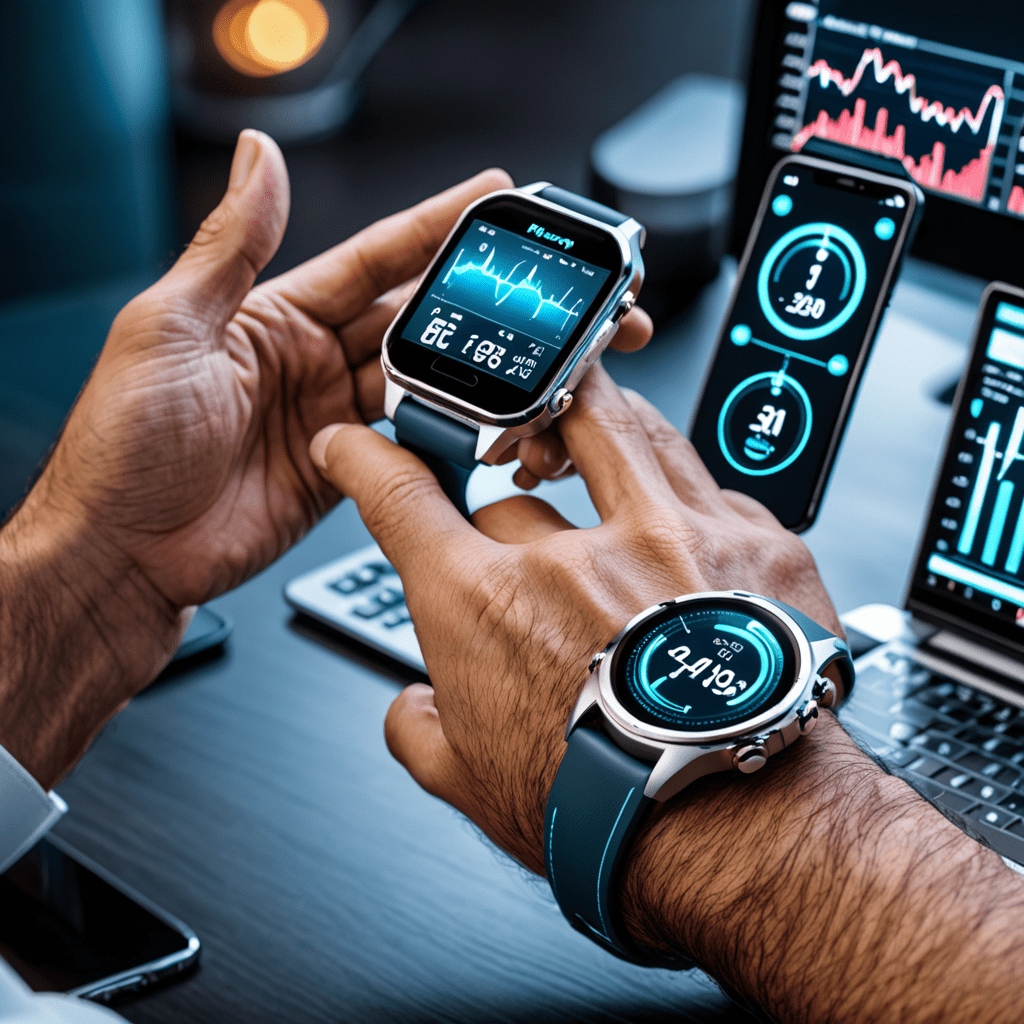Nanotechnology in Food Nanosensors: Ensuring Food Safety with Nanotech
In recent years, nanotechnology has revolutionized various industries, and one of the most promising applications is the use of nanosensors in food safety. Nanotechnology plays a crucial role in detecting contaminants, pathogens, and quality parameters in food, ensuring the safety and quality of the products we consume.
What are Nanosensors?
Nanosensors are tiny devices that can detect and respond to specific chemical or biological substances at the nanoscale level. In the food industry, nanosensors are designed to identify contaminants such as pesticides, heavy metals, and bacteria that may pose health risks to consumers.
How Nanosensors Enhance Food Safety
By utilizing nanotechnology, food producers can enhance the monitoring and detection of contaminants in various stages of production, processing, and distribution. Nanosensors provide rapid and precise analysis, enabling quick interventions to prevent contaminated food from reaching consumers.
Types of Nanosensors Used in Food Safety
There are different types of nanosensors employed in ensuring food safety, including optical nanosensors, electrochemical nanosensors, and biosensors. Each type has specific capabilities for detecting different types of contaminants in food products.
Benefits of Nanotechnology in Food Safety
Nanotechnology offers numerous advantages in ensuring food safety, such as improved sensitivity and selectivity in detecting contaminants, reduced testing time, cost-effectiveness, and the ability to monitor real-time changes in food quality.
Challenges and Considerations
Despite the promising applications of nanosensors in food safety, there are challenges related to regulatory approval, potential unknown risks of nanomaterials, and public acceptance. Addressing these challenges is essential to foster the widespread adoption of nanotechnology in food safety.
The Future of Nanotechnology in Food Safety
As research and development in nanotechnology continue to advance, the integration of nanosensors in food safety practices is expected to become more prevalent. With ongoing innovation and collaboration, nanotechnology holds great potential in enhancing food safety standards globally.
What are Nanosensors in Food Nanotechnology?
Nanosensors in food nanotechnology are tiny devices capable of detecting and measuring specific molecules at the nanoscale level. These sensors help in ensuring food safety by pinpointing potential contaminants or pathogens in food products.
How do Nanosensors Enhance Food Safety?
Nanosensors enhance food safety by detecting harmful substances like bacteria, pesticides, or toxins in food with high sensitivity and accuracy. They enable early detection of contaminants, ensuring timely interventions to prevent foodborne illnesses.
What Benefits do Nanosensors Bring to the Food Industry?
Nanosensors offer rapid and reliable detection of contaminants, improving food quality control and reducing the risk of foodborne outbreaks. They also facilitate real-time monitoring of food products throughout the supply chain, enhancing overall food safety standards.



